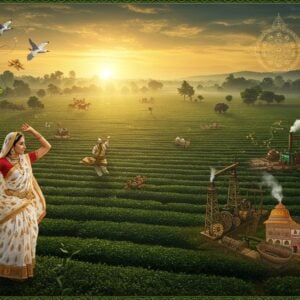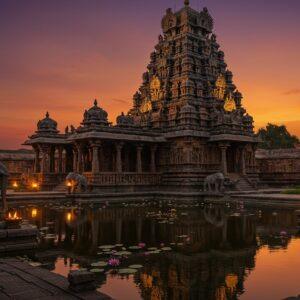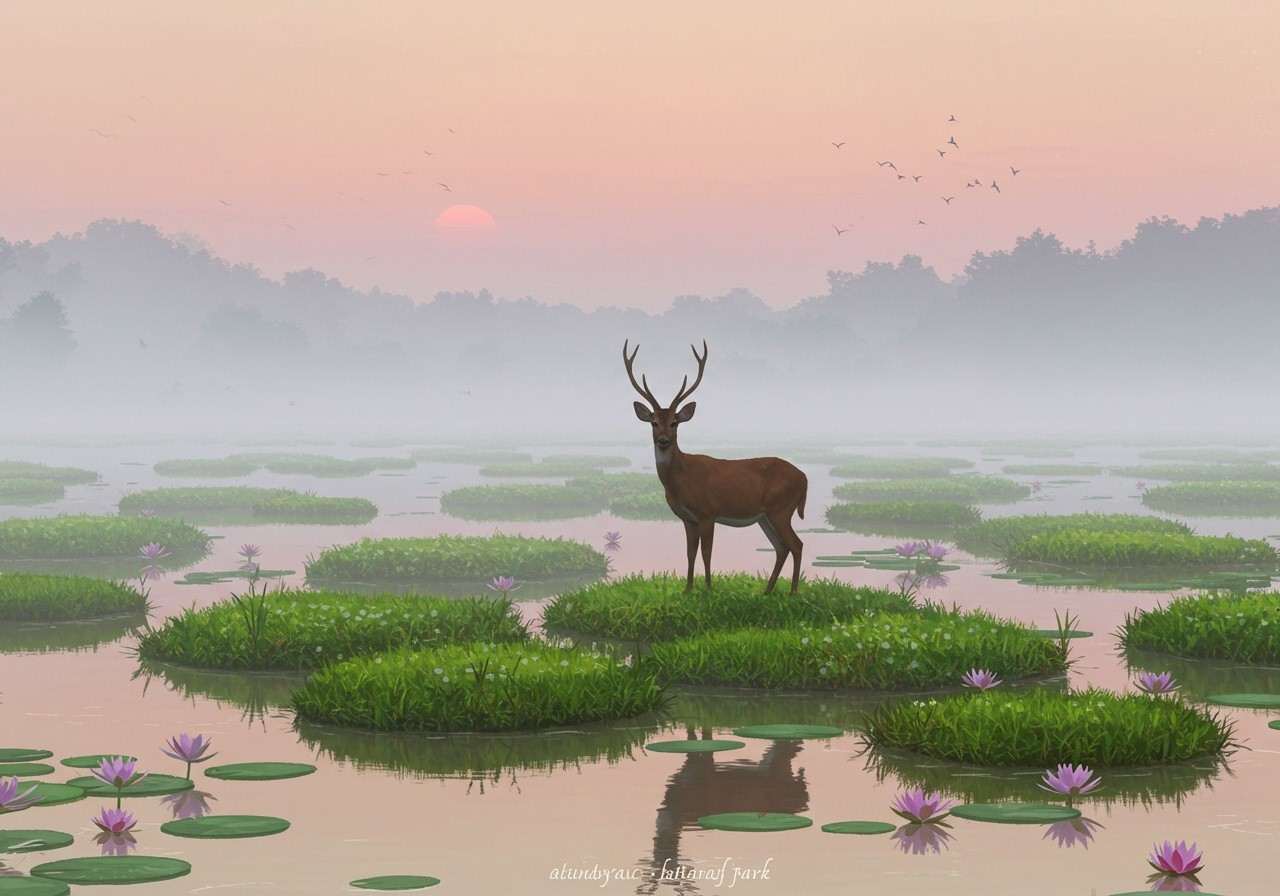
In the beautiful land of Manipur, nestled like a jewel in Northeast India, lies a marvel of nature that defies imagination. We’re talking about the Keibul Lamjao National Park, a place of breathtaking beauty and ecological significance. What makes it truly special? It is the world’s only floating national park, a serene sanctuary that floats peacefully on the waters of the magnificent Loktak Lake. This is not just a park; it’s a living, breathing ecosystem that tells a story of nature’s magic and our deep-rooted connection to it.
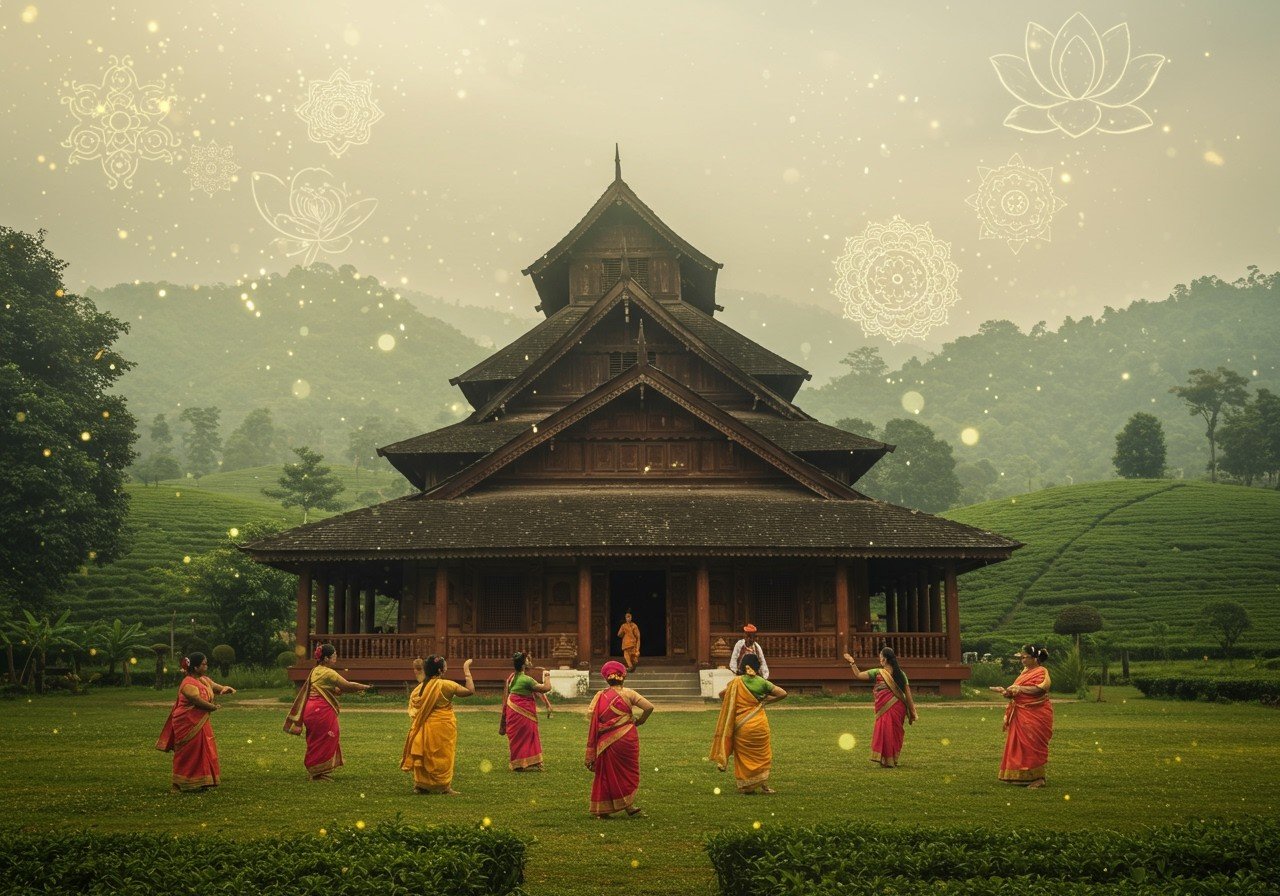
The Magic of Phumdis: Nature’s Floating Islands
The secret behind this floating paradise lies in the ‘phumdis’. Now, you might wonder what these phumdis are. Imagine large, spongy islands made of soil, vegetation, and organic matter, all woven together by nature over centuries. These masses float on the lake, with some being just a few inches thick and others a sturdy 6.5 feet! They are so strong that they support a whole world of plants and animals. This dynamic landscape is always changing, as the phumdis drift and reshape, creating a unique blend of water and land that is found nowhere else on Earth.
Home of the Graceful Sangai: Manipur’s Dancing Deer
This incredible floating habitat is the last natural home of a truly special creature – the Sangai deer. Also known as the brow-antlered deer, this gentle animal is the state animal of Manipur and is endearingly called the “dancing deer.” Watching a Sangai gracefully navigate the shifting phumdis is like witnessing a beautiful dance. Its delicate movements and poised balance are a sight to behold. The park is a critical sanctuary for this endangered species, reminding us of our sacred duty to protect the precious life that our land nurtures.
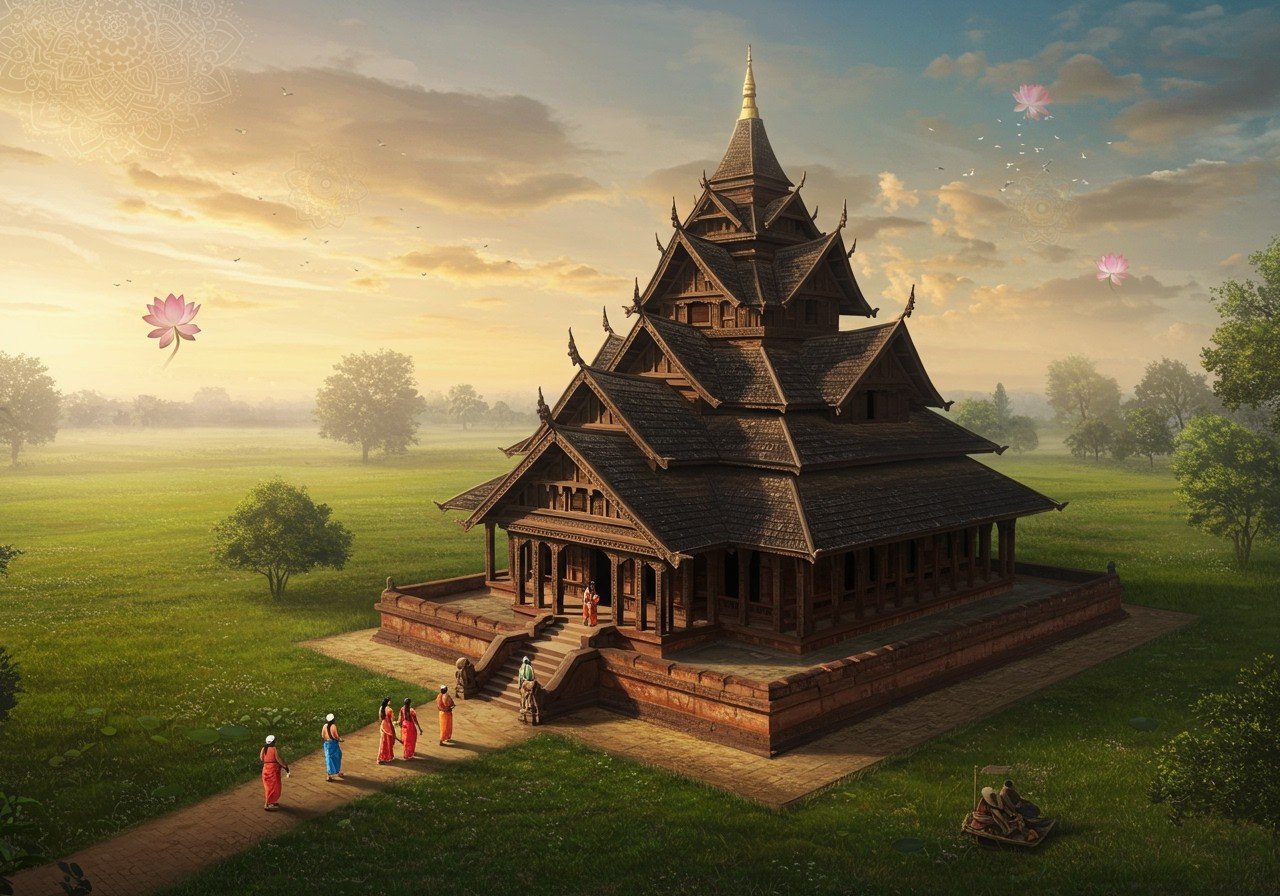
A Symphony of Life and Culture
Beyond the enchanting Sangai, Keibul Lamjao is a treasure trove of biodiversity. It’s a bustling home for countless species of birds, aquatic animals, and a rich variety of plants. For the local Meitei community, Loktak Lake and the park are not just a natural resource; they are the very soul of their culture and traditions. Their lives, folklore, and spiritual practices are deeply intertwined with this unique ecosystem, showcasing a beautiful harmony between humans and nature.
Bring the Serenity of Floating Nature Home
The tranquility of Keibul Lamjao’s floating world can inspire a sense of peace in our own lives. Just as flowers float gently on the lake’s surface, you can bring a similar feeling of calm into your home. It’s about creating a space that reflects nature’s gentle beauty.
- Create a Floating Centrepiece: Imagine the elegance of our Round Hammered Traditional Urli Bowl in your living room. Fill it with water and float fresh flowers or tea-light candles to create a mesmerising display that mirrors the serene beauty of Loktak Lake. It’s a simple way to add a touch of handcrafted tradition and tranquility to your decor.
- Light Up Your Evenings: For a truly divine ambiance, picture our Metal Floating Diyas. As they gently float and illuminate your space, they evoke the spiritual essence and natural wonder of the park, making any evening special and filled with positive energy.
Protecting a Priceless Heritage
This unique ecosystem, however, is delicate. It faces modern-day challenges like habitat degradation and changes in water levels. Thankfully, conservation efforts involving local communities and various organisations are underway. Protecting this natural heritage is a shared responsibility, ensuring that future generations can also witness this marvel. By being mindful and supporting such initiatives, we all can play a part in preserving this gift of nature.
Thinking of a Visit? Here’s What to Know
If your heart is set on experiencing this floating wonder for yourself, a little planning goes a long way. Many travellers find the period between October and March to be the best time to visit. During these months, the weather is pleasant and inviting, increasing your chances of spotting the beautiful Sangai deer in its natural habitat.
To reach this unique destination, your journey will likely begin from Imphal, the capital of Manipur. The city is well-connected by air and road, making the park accessible. From Imphal, you can easily arrange for local transport to take you to the shores of Loktak Lake. Engaging a local guide is always a good idea; they share stories and insights that you won’t find in any book, making your experience truly enriching.
As you explore, remember that this is more than just a tourist spot; it’s a fragile ecosystem and a sacred space for the local community. Practising responsible tourism by respecting the local culture and environment helps in preserving its pristine beauty for years to come. Your visit becomes a small but meaningful contribution to its conservation.

